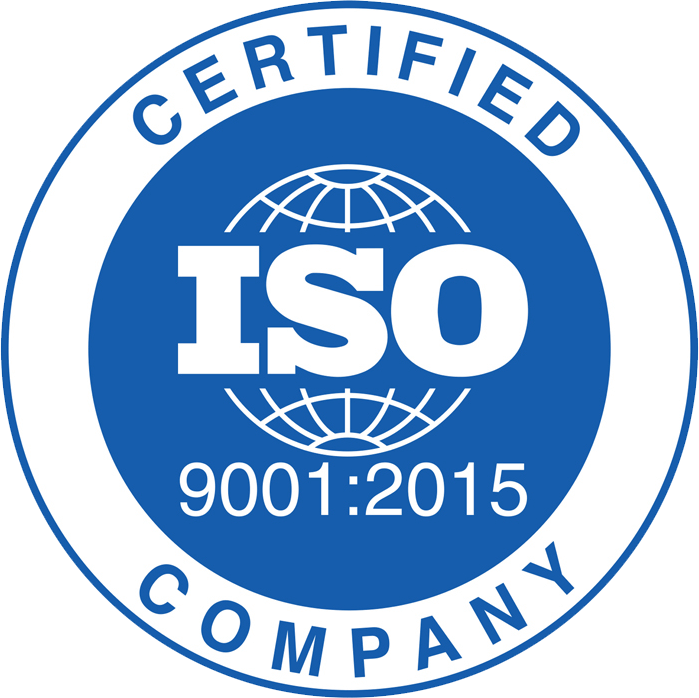How to Design Out Wire Form Costs with Drawings
Created at : Jan 17, 2023
When considering the many details that companies take into consideration when making product drawings, invariably unplanned costs in design, prototyping, and production can occur. Over the years Argo's engineers have developed the below drawing steps (tips) and have utilized them in saving our customers millions of dollars in costs. Thus, creating clear communication, proficient product development, and fast time to market with high quality products at a reduced price. Win-Win for everyone.
Cost Saving Drawing Steps (Tips)
- Whenever possible, draw prints with the maximum number of bends in the same plane. This allows us to combine operations and reduce costs.
- Avoid 3 place decimals on wire forms if at all possible. Wire flex and wire spring back can present tolerance challenges.
- Avoid square holes. The corners become rounded with stamping, increasing tool costs, tool sharpening costs, and reducing productivity.
- If the part form is essentially for clearance, open the tolerance, which allows flexibility. The part will likely cost less.
- This is basic engineering, but to restate for emphasis, every dimension on new part prints should have the appropriate tolerances specified… such as a general tolerance box or a specific tolerance on the dimension.
- Ideally, “Upsets” should not be located more than 6” from the end of the Wire Form, as detrimental “work hardening” could occur.
- Wire Form angles should be dimensioned by the inside angle…these are easier to measure and control in production yielding lower costs.
- The inside bend radius should be at least one half the wire diameter…smaller radii will cause a secondary form in operations.
- Flattened (Planished) areas should be noted as “Natural Flow”. Dimensioning them both (height and width) will require a higher cost trim operation.
- Staked ears (clinches) can generally be located anywhere on a wire form. Ideally the staked pair should be 180° from each other. The radial location of the clinched ears is usually not a critical feature, but when they are 180° apart from one another, the tooling and process costs will be less expensive and more repeatable.
- Holes: If the radial location of a hole on a Wire Form is not important, please note this on the print. This will lower the cost.
- Compound angles provide manufacturing challenges and will likely increase costs.
- Dimension off of a datum to aid in quality inspection processes.
- Prints should contain one datum axis universal to at least two views. Having a common datum in two or more views ensures effective inspection.
- Dimension parts to the centerline whenever possible. If the intersection point of centerline is beyond edge of wire, dimension to the tangent point and reference to intersection.

